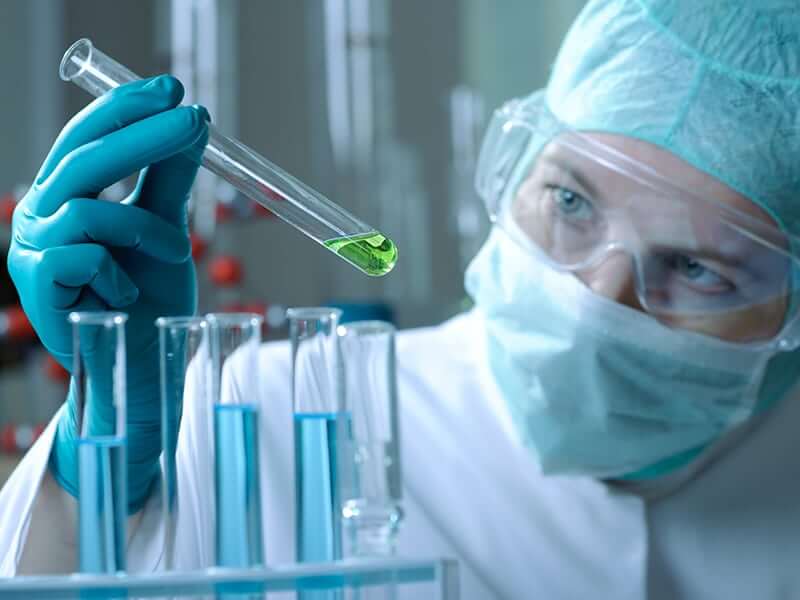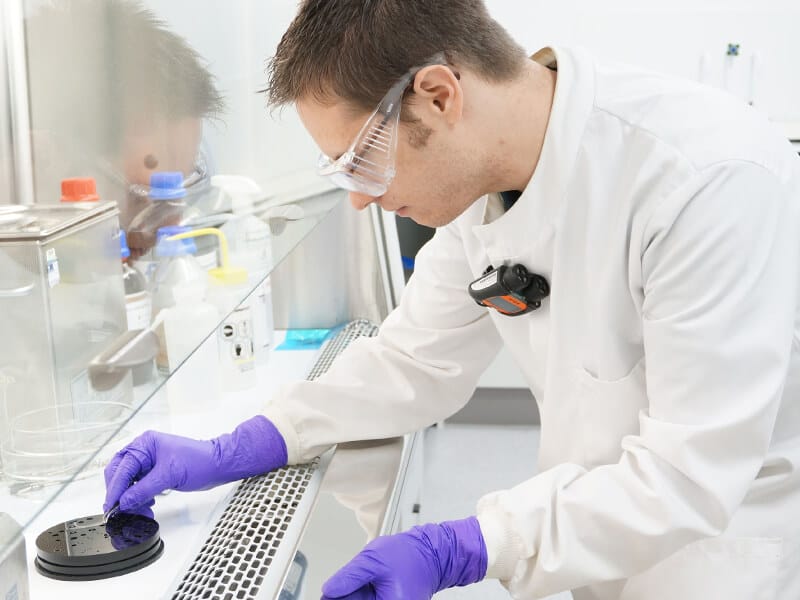

Pharmaceutical and Medical
Gas detectors for the pharmaceutical and medical industry, for personnel and workplace safety.
The pharmaceutical industry poses many chemical hazards which can be detected using our gas detection technology.
Our range of Pharmaceutical gas detectors will give an unrivalled solution when you want to detect a mixture of common or uncommon hydrocarbons. Use our tried and tested VOC detectors if you want to measure VOC concentration in a wide variety of Pharmaceutical and Medical applications, including, production facility or storage room.
Our range of Pharmaceutical and Medical suitable gas detectors are designed specifically to meet customer requirements and offer the very best detection capabilities available.
All of our PID technology incorporates patented Fence Electrode Technology, with the ultimate resistance to humidity and contamination for reliable performance, minimising drift issues and maximising the uptime of your instrument saving both time and cost to your business.
Download our FREE Guide
“Hazardous VOC Gases Found Within Hospitals”
The hazardous VOC gases found within hospitals guide which can be downloaded below provides the reader with an in-depth balance of knowledge outlining the danger in which can circulate around the air in our healthcare facilities. VOCs build-up from many of product that are used which means loads of healthcare workers are exposed every day without even knowing. In general terms, the two most widely used technologies to measure total VOCs are Flame Ionisation Detection (FID) and Photoionisation Detection (PID). Both technologies rely on the principle that when most organic vapours burn they produce positively charged carbon ions as an intermediate product of combustion.

Pharmaceutical and Medical Applications
Occupational Hygiene

In addition to the hazards presented by other manufacturing industries, the pharmaceutical and medical sector faces specific occupational hygiene issues related to the chemicals it employs. Attention may initially focus on the active pharmaceutical ingredients (API) used in a formulation, many of which might present clear risks to workers.
The other ingredients (excipients) used in the manufacture of pharmaceutical products, such as binders, plasticisers, and flavours generally present a lower level of concern – but depending on their concentration may present their own occupational hygiene issues. Both APIs and excipients may consist of a mixture of uncommon hydrocarbons, which are readily detectable by ION Science’s range of VOC gas detectors with patented PID technology.
Patented PID technology is incorporated within our fixed instruments, portable/handheld devices, and wearable detectors for reliable personal protection.
Quality Control

Few industries require as stringent a quality control regime as pharmaceutical manufacturing or are required to meet as many external quality assessments. The industry presents a range of hazards and routinely operates with bio-active substances and potentially hazardous materials, and its products must adhere to strictly controlled international standards.
In practice, most of the world’s pharmaceutical manufacturers adopt the standards and practices required of the world’s largest market for medicines and medical products, the USA. This means adherence to the US Food and Drug Administration (US FDA) protocols, regardless of the actual location of the manufacturing site or the markets being sold into.
In terms of quality control, the specific FDA requirements are known as CGMP, the Current Good Manufacturing Practice regulations. The specific requirements are quite detailed and the FDA puts the onus on the manufacturer to follow best practice and to maintain detailed records of operations. Significant among these is the 21CFR regulations concerning digital signatures and record keeping.
Quality control operations will include continuous monitoring of the atmosphere in production and storage facilities, to detect and quantify the levels of volatile organic compounds (VOCs). A fixed atmospheric monitor such as Falco or TVOC will provide verifiable records and can be integrated into a process control system. Both instruments measure total volatile organic compounds and is highly resistant to atmospheric humidity and contamination.
Fixed monitors placed at strategic locations should be augmented by handheld portable instruments such as those in the Tiger family, enabling spot measurements of volatile organics to be made quickly and easily.
Personal protective equipment issued to workers may include wearable VOC detectors in the Cub range, to verify that individual workers’ exposure remains within limits.
Gas Detectors and Leak Detectors for the Pharmaceutical & Medical Industry

What our Pharmaceutical & Medical customers say
View Case StudyView All Case StudiesView All Testimonials”We are committed to providing a safe working environment for our staff and patients alike. We had a few issues with VOC levels in the past so decided to introduce an on-going monitoring process. Plus we know that some staff have sensitivities to VOCs and felt an obligation to protect them from the risk of overexposure.
Taras Stecy, Safety Co-ordinator at St Boniface Hospital
Industry Guides
ION Science has a wealth of knowledge of gas detection technologies across many diverse industries and applications. This information has been collated into useful industry guides for you to download.
Please click the link below to view our range of industry resources:
Video Library
View all Videos














